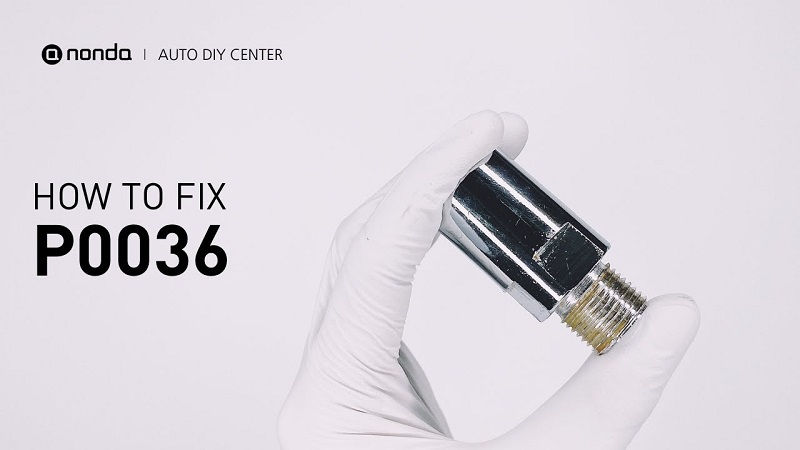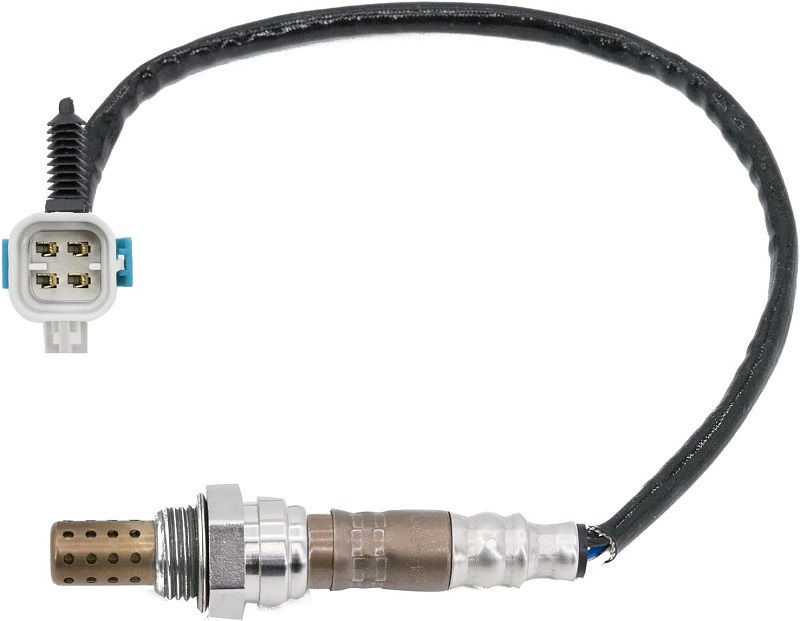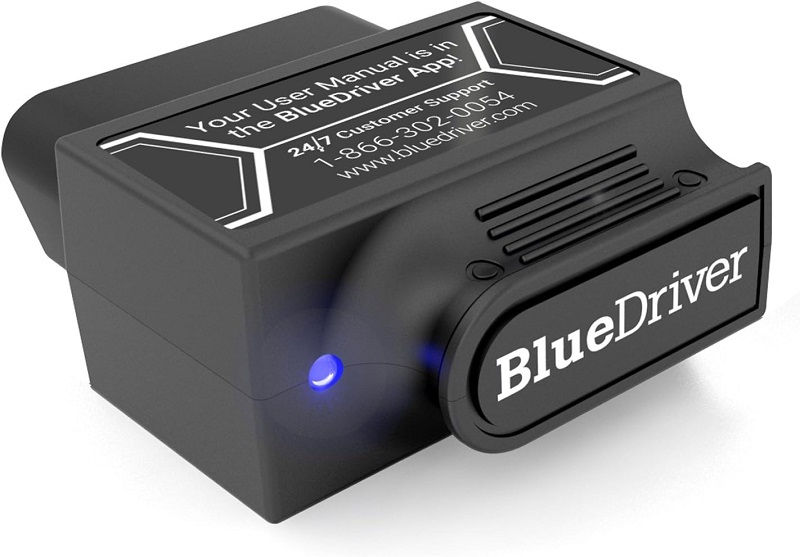This post contains affiliate links. This means I will make a commission at no extra cost to you should you click through and make a purchase [ “As an Amazon Associate, I earn from qualifying purchases.” ]. Read the full disclosure here.
Deciphering P0036: Understanding the HO2S Heater Control Circuit (Bank 1 Sensor 2) GuideMechanic.Com In the realm of automotive diagnostics, deciphering trouble codes is akin to solving a puzzle. One such enigmatic code, P0036, revolves around the HO2S (Heated Oxygen Sensor) Heater Control Circuit for Bank 1 Sensor 2.
In this comprehensive article, we embark on a journey to unravel the mysteries behind P0036, delving into its implications, potential causes, and strategies for resolution.
See Also: P0034 Turbo Charger Bypass Valve Control Circuit Low
P0036 HO2S Heater Control Circuit (Bank 1 Sensor 2)
Understanding P0036:

P0036 is part of the OBD-II (On-Board Diagnostics II) system, a standardized protocol used by vehicles to monitor and report malfunctions in various components related to engine performance and emissions control.
Specifically, P0036 pertains to the HO2S Heater Control Circuit for Bank 1 Sensor 2. To comprehend this code fully, it’s essential to understand the role of the HO2S and its heater circuit in the engine’s operation.
HO2S, also known as an oxygen sensor or lambda sensor, plays a crucial role in monitoring the oxygen content in the exhaust gases. Bank 1 Sensor 2 refers to the sensor located downstream of the catalytic converter on the side of the engine containing cylinder 1.
The heater circuit in the HO2S is responsible for ensuring the sensor reaches its operating temperature quickly, enabling it to provide accurate readings to the engine control module (ECM).
Common Causes of P0036:
Diagnosing the root cause of P0036 requires a methodical approach and a keen understanding of automotive systems. While precise diagnosis often necessitates specialized tools and expertise, several common culprits are typically associated with this trouble code:
Faulty HO2S Heater:

The heater element within the HO2S may fail, preventing the sensor from reaching its operating temperature. This could be due to internal component failure or external factors such as water intrusion or contamination.
Wiring Issues:
Any anomalies in the wiring harness connected to the HO2S heater circuit can lead to a malfunction. This may include damaged wires, corrosion, loose connections, or short circuits.
Faulty ECM:
In some cases, the issue may lie with the engine control module (ECM) itself, which fails to provide the necessary power or control signals to the HO2S heater circuit.
Blown Fuse:
A blown fuse in the circuit supplying power to the HO2S heater can result in a malfunction, causing P0036 to be triggered.
Exhaust Leak:
A leak in the exhaust system near the location of the HO2S sensor can affect its operation, leading to erroneous readings and triggering the P0036 code.
P0036 HO2S Heater Control Circuit (Bank 1 Sensor 2)
Diagnostic Procedures:
Check out this BlueDriver Bluetooth Pro OBDII Scan Tool for iPhone & Android

To diagnose and address P0036 effectively, automotive technicians typically follow these steps:
Code Retrieval:
Utilize an OBD-II scanner to retrieve the trouble code (P0036) stored in the vehicle’s ECM. This confirms the presence of the issue and provides a starting point for diagnosis.
Visual Inspection:
Conduct a thorough visual inspection of the wiring harness, connectors, and associated components connected to Bank 1 Sensor 2. Look for signs of damage, corrosion, or loose connections that could affect electrical signals.
Test HO2S Heater:
Verify the functionality of the HO2S heater using a multimeter or diagnostic tool. Check for continuity, resistance, and proper power supply to the heater element.
Check Wiring Integrity:
Inspect the wiring harness for any faults, focusing on continuity, insulation integrity, and proper connections. Repair or replace damaged wiring as necessary.
Assess ECM Signals:
Use a diagnostic tool to check if the ECM is sending the correct signals to the HO2S heater circuit. If not, further investigation into the ECM or related systems may be necessary.
Inspect Exhaust System:
Examine the exhaust system for any leaks or damage near the location of Bank 1 Sensor 2. Address any leaks to ensure accurate sensor readings.
Potential Solutions:
Based on diagnostic findings, several solutions may be required to rectify P0036:
- Replace HO2S Sensor: If the HO2S heater is found to be faulty, replace the sensor with a new one to restore proper operation.
- Repair Wiring Issues: Address any wiring problems identified during inspection, such as repairing damaged wires, replacing connectors, or improving grounding connections.
- Check and Replace Fuse: Verify the integrity of the fuse supplying power to the HO2S heater circuit. Replace any blown fuses with the appropriate rating.
- Address ECM Malfunction: If the issue lies with the ECM, consider repairing or replacing it as per manufacturer recommendations.
- Repair Exhaust Leaks: Fix any leaks or damage in the exhaust system near the location of Bank 1 Sensor 2 to prevent interference with sensor operation.
Conclusion:
P0036, indicating a malfunction in the HO2S Heater Control Circuit for Bank 1 Sensor 2, poses a challenge for automotive technicians striving to maintain vehicle performance and emissions compliance.
By employing systematic diagnostic procedures and addressing potential causes such as faulty components, wiring issues, or exhaust leaks, technicians can effectively resolve P0036 and restore optimal engine function.
Regular maintenance and proactive troubleshooting are essential for identifying and addressing trouble codes promptly, ensuring vehicles operate smoothly and efficiently on the road.
See Also: P0035 Turbo Charger Bypass Valve Control Circuit High
- Catalytic Converter Cleaner Nearby - April 25, 2025
- BMW Catalytic Converter Price: What You Need to Know - April 24, 2025
- Scrap Catalytic Converter Price - April 24, 2025
